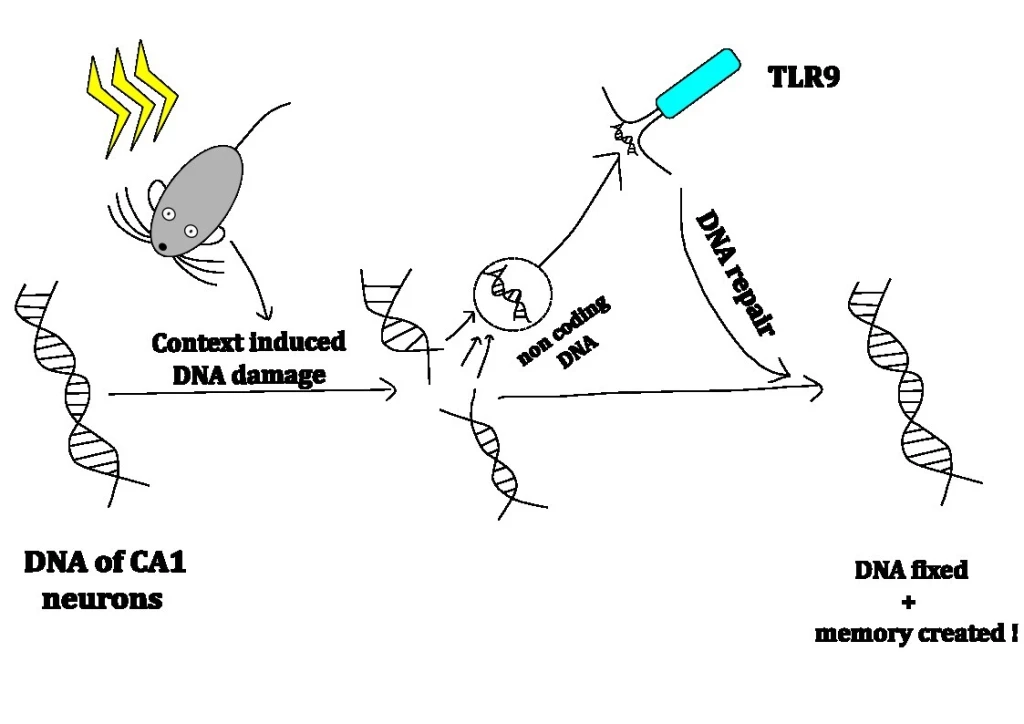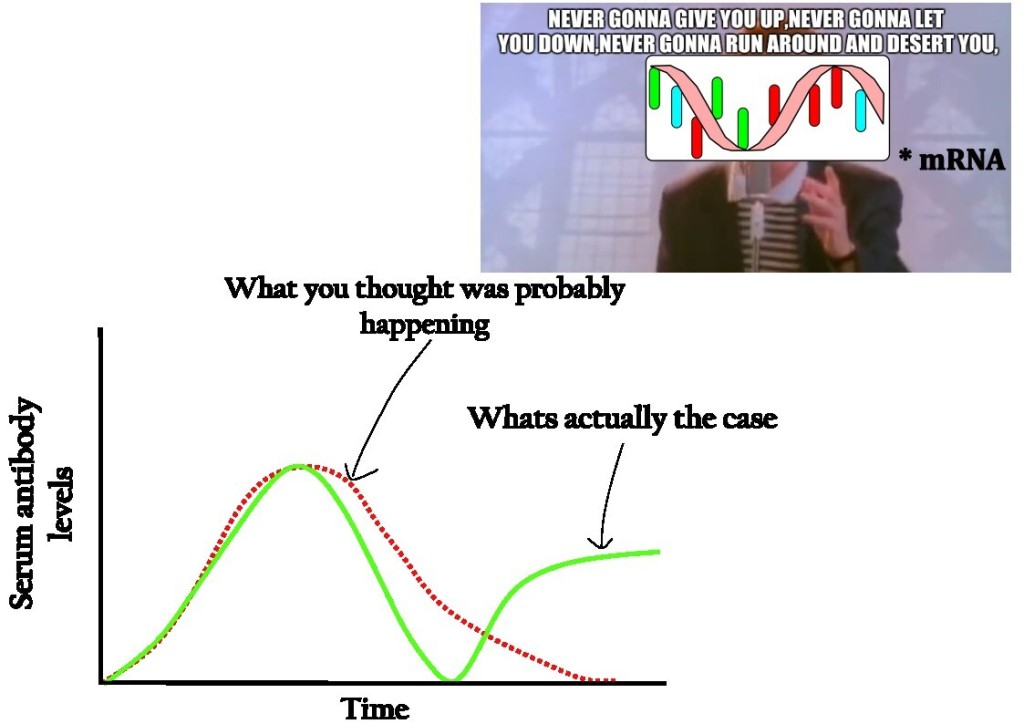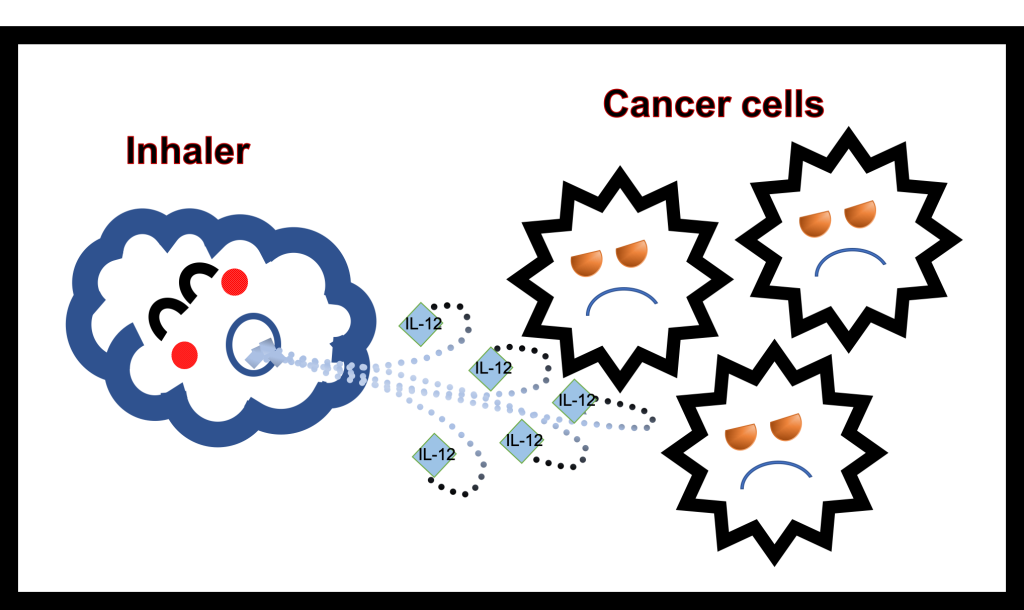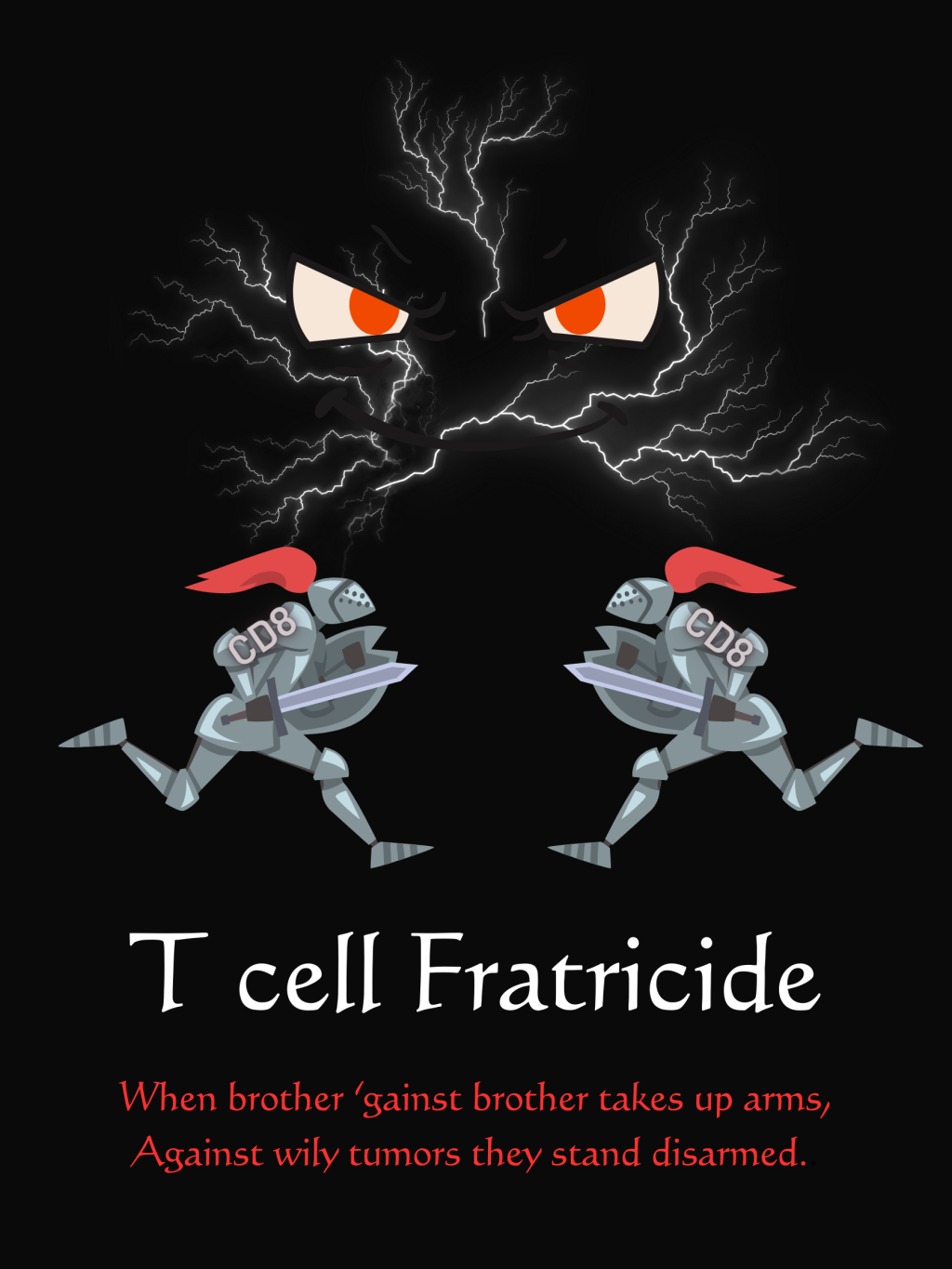The term ‘long covid‘ did not originate from a doctor, well, not from a medical doctor at least. Dr. Elisa Perego, an archaeologist at the University College London, used the term on her Twitter account to describe her experience of a post-COVID-19 disease1. Although the term long covid came from “patients“, National Institute for Health and Care Excellence (NICE), UK prepared the guideline for differentiating and managing the long-term effects of COVID-19 based on the time when the symptoms are occurring. To classify the symptoms: (a) acute COVID-19 signs and symptoms last for up to 4 weeks, (b) ongoing symptomatic COVID-19 signs and symptoms last from 4 to 12 weeks, and (c) post-COVID-19 signs and symptoms develop during or after an infection consistent with COVID-19 persisting for more than 12 weeks and cannot be explained by an alternative diagnosis2.
Symptoms and systems affected
To explore more about the post-COVID-19 symptoms, studies were performed in the USA3,4, Europe5-8, and China9, following up with COVID-19 survivors at least 30 days after acute infection – a study from China even had a 6 months follow-up. In the USA, less than 50% of survivors reported persistent symptoms4 (over phone calls) compared to Europe and China that reported 75-90% of survivors reporting persisting symptoms. It must be noted that follow-up in Europe and China was more thorough than just a phone call. Consistent symptoms throughout all the studies were dyspnea (shortness of breath) and fatigue with muscular weakness. These studies highlighted for the first time that long covid could also affect patients with mild-to-moderate COVID who did not require hospitalization.
The reason behind the persistent symptoms in patients with mild-to-moderate symptoms can be found in their immune cells. Long Covid is potentially associated with either high immune response in patients with mild to moderate disease or cytokine storm in hospitalized patients. Immune cells regenerated slowly and some cells continued their activity even after patients recovered from inflammation caused by COVID-1910.
Authors of a recent review at Nature Medicine classified post COVID-19 symptoms based on where it affects in the organ system: pulmonary, hematologic, cardiovascular, neuropsychiatric, renal, endocrine, gastrointestinal, dermatologic, and multisystem inflammatory syndrome in children (MIS-C)11.
Let’s look at those symptoms from the perspective of a representative for Olympics sponsored by COVID-19:
My bet would be on pulmonary dysregulation – winning the lungs of most survivors as difficulty in breathing was reported in most COVID-19 survivors followed by lack of oxygen while walking up the stairs or trying to excercise3-9. Clinicians following up with COVID-19 survivors noted pulmonary restrictions and fibrotic changes during imaging11.
Not far behind, neuropsychiatric symptoms can act subtle with tricks such as fatigue, headache3-9, cognitive impairment12, and persisting loss of smell3-9 and can also be intense in some survivors with extreme diseases like dysautonomia (inability of the autonomic nervous system to work properly), Alzheimer’s disease13 or Parkinsons14. In fact, many COVID-19 survivors are struggling with mental health problems like anxiety, depression, sleep disturbances, and post-traumatic stress disorder3-9.
Representing the cardiovascular system are chest pain, hypertension, arrhythmias, and coronary atherosclerosis3-9. COVID-19 survivors also have a higher risk of heart failure than people who have not faced the disease.
The renal system seems to be well prepared as the majority of patients who had experienced acute kidney injury during acute COVID-19 also had a lower glomerular filtration ratio after 6 months follow-up9.
Endocrinology represents new or worsening of existing diabetes mellitus, subacute thyroiditis, and bone demineralization9.
The gastrointestinal system never stays behind in the competition. COVID-19 has been shown to alter the gut microbiome bringing the homeostasis’s disbalance and potential for opportunistic pathogens to thrive9.
Not many people have heard of them but the house of dermatology also have entered the race with hair loss9 in 20% of the survivors, making them a good challenger.
Unfortunately, COVID-19 is also sponsoring this year’s Children Olympics. Not even children are safe from long covid as multisystem inflammatory syndrome typically affects those older than 7 years and leads to cardiovascular and neurological complications11.
All these symptoms, as expected, result in reduced quality of life15.
Connecting acute and long COVID-19
Who is more prone to experiencing these symptoms? The severity of acute infection could dictate whether long covid will result in ongoing COVID-19 disease or post COVID-19 syndrome. Patients admitted to an intensive care unit (ICU) with the possible requirement of non-invasive/invasive mechanical ventilation have reported the persistence of COVID-19 symptoms more often9. As mentioned earlier, acute kidney infection during acute COVID-19 usually results in a lower glomerular filtration ratio after 6 months. On a similar note, patients who experienced secondary infection alongside COVID-19 have a higher risk of infections like pulmonary aspergillosis post-COVID-199. Even though comorbidities can influence the severity of COVID-19, their connection to post covid symptoms is yet to be determined.
Take home message
Even though some connections still need to be established, physical and neurological impairments in some COVID-19 survivors are now determined. Long covid can affect people of any age regardless of pre-existing health conditions. Awareness about COVID’s possible long-term effects could help us in better diagnosing and potentially finding the best treatment regime for patients. The revealed fact that COVID-19 can grow from an acute infection to persistent long covid makes vaccinations even more imperative.
Sources:
- Perego, E., Callard, F., Stras, L., Melville-Jóhannesson, B., Pope, R., & Alwan, N. A. (2020). Why the Patient-Made Term “Long Covid” is needed. Wellcome Open Research, 5. https://doi.org/10.12688/wellcomeopenres.16307.1
- COVID-19 rapid guideline: managing the long-term effects of COVID-19; NICE guideline; 2020.
- Al-Aly, Z., Xie, Y., & Bowe, B. (2021). High-dimensional characterization of post-acute sequalae of COVID-19. Nature. https://doi.org/10.1038/s41586-021-03553-9
- Chopra, V., Flanders, S. A., O’Malley, M., Malani, A. N., & Prescott, H. C. (2021). Sixty-Day Outcomes Among Patients Hospitalized With COVID-19. Annals of Internal Medicine, 174(4). https://doi.org/10.7326/M20-5661
- Arnold, D. T., Hamilton, F. W., Milne, A., Morley, A. J., Viner, J., Attwood, M., Noel, A., Gunning, S., Hatrick, J., Hamilton, S., Elvers, K. T., Hyams, C., Bibby, A., Moran, E., Adamali, H. I., Dodd, J. W., Maskell, N. A., & Barratt, S. L. (2021). Patient outcomes after hospitalisation with COVID-19 and implications for follow-up: results from a prospective UK cohort. Thorax, 76(4). https://doi.org/10.1136/thoraxjnl-2020-216086
- Carfì, A., Bernabei, R., & Landi, F. (2020). Persistent Symptoms in Patients After Acute COVID-19. JAMA, 324(6). https://doi.org/10.1001/jama.2020.12603
- Carvalho-Schneider, C., Laurent, E., Lemaignen, A., Beaufils, E., Bourbao-Tournois, C., Laribi, S., Flament, T., Ferreira-Maldent, N., Bruyère, F., Stefic, K., Gaudy-Graffin, C., Grammatico-Guillon, L., & Bernard, L. (2021). Follow-up of adults with noncritical COVID-19 two months after symptom onset. Clinical Microbiology and Infection, 27(2). https://doi.org/10.1016/j.cmi.2020.09.052
- Moreno-Pérez, O., Merino, E., Leon-Ramirez, J.-M., Andres, M., Ramos, J. M., Arenas-Jiménez, J., Asensio, S., Sanchez, R., Ruiz-Torregrosa, P., Galan, I., Scholz, A., Amo, A., González-delaAleja, P., Boix, V., & Gil, J. (2021). Post-acute COVID-19 syndrome. Incidence and risk factors: A Mediterranean cohort study. Journal of Infection, 82(3). https://doi.org/10.1016/j.jinf.2021.01.004
- Huang, C., Huang, L., Wang, Y., Li, X., Ren, L., Gu, X., Kang, L., Guo, L., Liu, M., Zhou, X., Luo, J., Huang, Z., Tu, S., Zhao, Y., Chen, L., Xu, D., Li, Y., Li, C., Peng, L., … Cao, B. (2021). 6-month consequences of COVID-19 in patients discharged from hospital: a cohort study. The Lancet, 397(10270). https://doi.org/10.1016/S0140-6736(20)32656-8
- Tackling-the-impact-of-covid-19; Understanding-coronavirus-covid-19-and-epidemics; The-immune-system-and-long-covid; UKRI; 2021
- Nalbandian, A., Sehgal, K., Gupta, A., Madhavan, M. v., McGroder, C., Stevens, J. S., Cook, J. R., Nordvig, A. S., Shalev, D., Sehrawat, T. S., Ahluwalia, N., Bikdeli, B., Dietz, D., Der-Nigoghossian, C., Liyanage-Don, N., Rosner, G. F., Bernstein, E. J., Mohan, S., Beckley, A. A., … Wan, E. Y. (2021). Post-acute COVID-19 syndrome. Nature Medicine, 27(4). https://doi.org/10.1038/s41591-021-01283-z
- Zhou, H., Lu, S., Chen, J., Wei, N., Wang, D., Lyu, H., Shi, C., & Hu, S. (2020). The landscape of cognitive function in recovered COVID-19 patients. Journal of Psychiatric Research, 129. https://doi.org/10.1016/j.jpsychires.2020.06.022
- Heneka, M. T., Golenbock, D., Latz, E., Morgan, D., & Brown, R. (2020). Immediate and long-term consequences of COVID-19 infections for the development of neurological disease. Alzheimer’s Research & Therapy, 12(1). https://doi.org/10.1186/s13195-020-00640-3
- Makhoul K., Jankovic J. (2021). Parkinson’s disease after COVID-19, Journal of the Neurological Sciences,422. https://doi.org/10.1016/j.jns.2021.117331.
- Hosey, M. M., & Needham, D. M. (2020). Survivorship after COVID-19 ICU stay. Nature Reviews Disease Primers, 6(1). https://doi.org/10.1038/s41572-020-0201-1

Article author: Ines Poljak. Ines is a MSc student at University of Copenhangen and works on multiple myeloma bone disease. She worked in several clinical laboratories before committing herself completely to research.
Editor: Sutonuka Bhar. Sutonuka is a PhD candidate at the University of Florida. Her work focuses on host immune responses against viruses and bacterial membrane vesicles.
Check out Antibuddies’ blog post “Fighting a Long Fight: Long Term Effects of COVID-19”.
Tweet






Leave a comment